I often get asked this question by men and women – “Does the G-spot exist?”
Short answer: YES
There are so many contradictory studies out there it’s hard to understand what’s real and what’s not. There seems to be an ongoing academic and clinical debate whether this area exists.
My question is, why is there a need for endless research funds, to invalidate an area that some women are happily enjoying?
The G-spot is also referred to as:
- Urethral Sponge
- Female Prostate
- Skene’s Gland
- Sacred Spot
- Goddess Spot
Saying that a woman doesn’t have a G-spot is like saying the bladder doesn’t exist. Just because we can’t see our bladder doesn’t mean it’s not there to perform a function.
I use to work for the Dr. who pioneered the G-shot. The G-shot is an injection that temporarily increases the size of the G-spot.
The G-spot does exist, but it’s more of an area of sensitive tissue than an actual ‘spot.’
While working there I learned where the G-spot was located and how different the sensations are for each woman.
Some women feel pleasure, some feel pain, some feel they need to urinate and some feel nothing at all.
There are many reasons that can affect the sensations and pleasures a woman receives from her G-spot, such as:
- Is she fully aroused when touching her G-spot?
- Does she have a full bladder?
- Does she have scar tissue?
- Has she experienced trauma?
- What’s her emotional state?
- Has she recently ejaculated?
- Has she had any chronic infection in the area?
- Does she have tightness affecting the area?
The sensitivity of her G-spot changes as she gets more aroused – just like the firmness of a man’s penis changes as he becomes more stimulated.
Her arousal and response also depends on the type of stimulation she’s receiving – fingers, a toy, or a penis.
Depending on the day, the level of pleasure will change because of her arousal levels and her state of mind.
It’s very difficult for scientific researchers to determine this kind of pleasure because every woman’s body is not only different, but every woman receives pleasure in different ways.
A lot of women have never taken the time to find and stimulate their own G-spots, which makes them unfamiliar with the sensations and pleasures they are able to receive.
Even though we are living in the information age, we are still living in an era where culture limits our ability to comfortably talk about sex, honor our sexuality and pursue our erotic potential.
Ignorance is the opposite of bliss. Not wanting to explore our bodies limits our sexual potential, which then leads us to become confused and dissatisfied.
Our bodies are full of mystery. Personal experience is the best teacher. Exploring and being open new experiences is the best way to learn about your lover as well as yourself.
Fun Facts About the G –Spot:
- In the 17th century Dutch physician Regnier de Graaf noted this erogenous zone. He also noted that when stimulated properly in this area, the woman would often ejaculate.
- The “G” in G-Spot stands for Gräfenberg. It’s named after the famed gynecologist Dr. Ernst Gräfenberg.
- The name G-spot was coined in 1981 and published in the Journal of Sex Research called “Female Ejaculation: a case study.”
If you want to learn how to stimulate the G-spot, where the most sensitive area of the G-spot is located, and step-by-step instructions on how to find the G-spot check out the video.

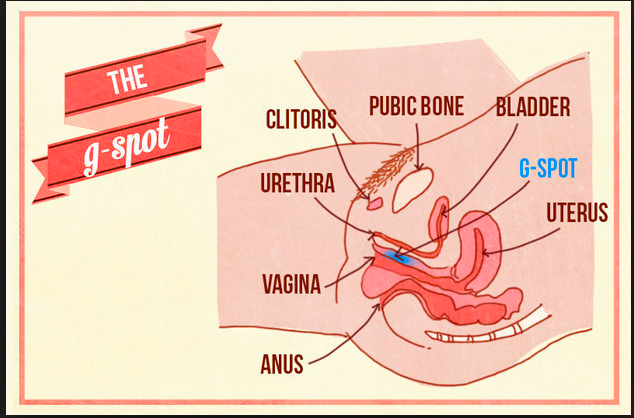
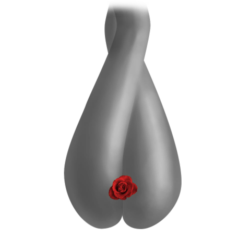
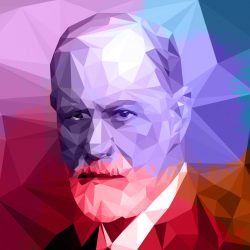

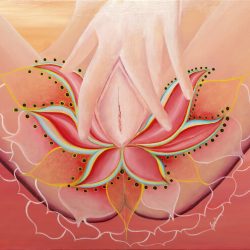
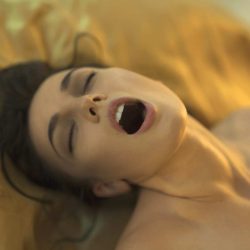

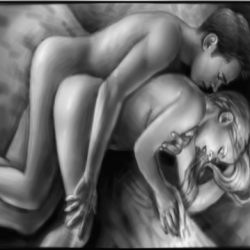
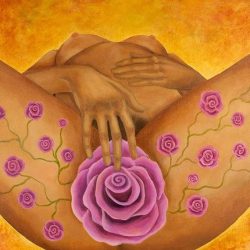






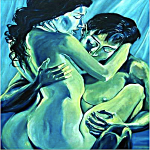

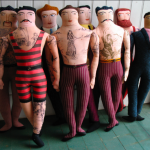




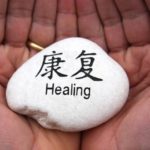

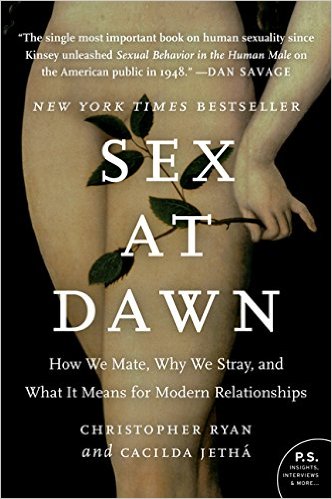
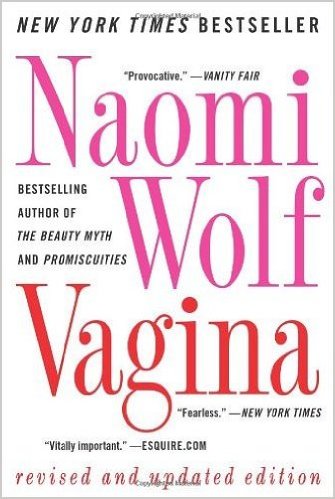
Follow US